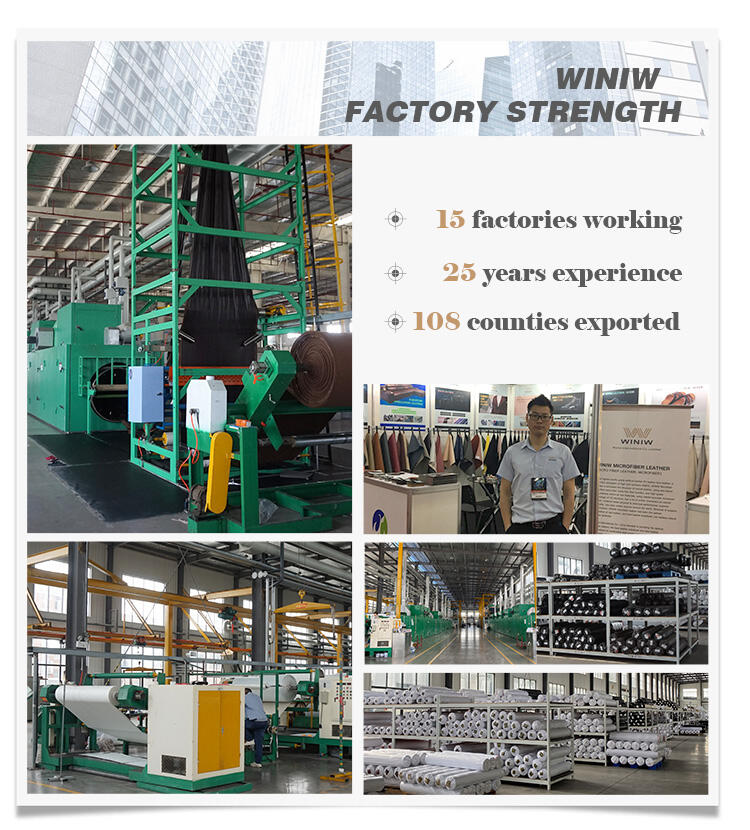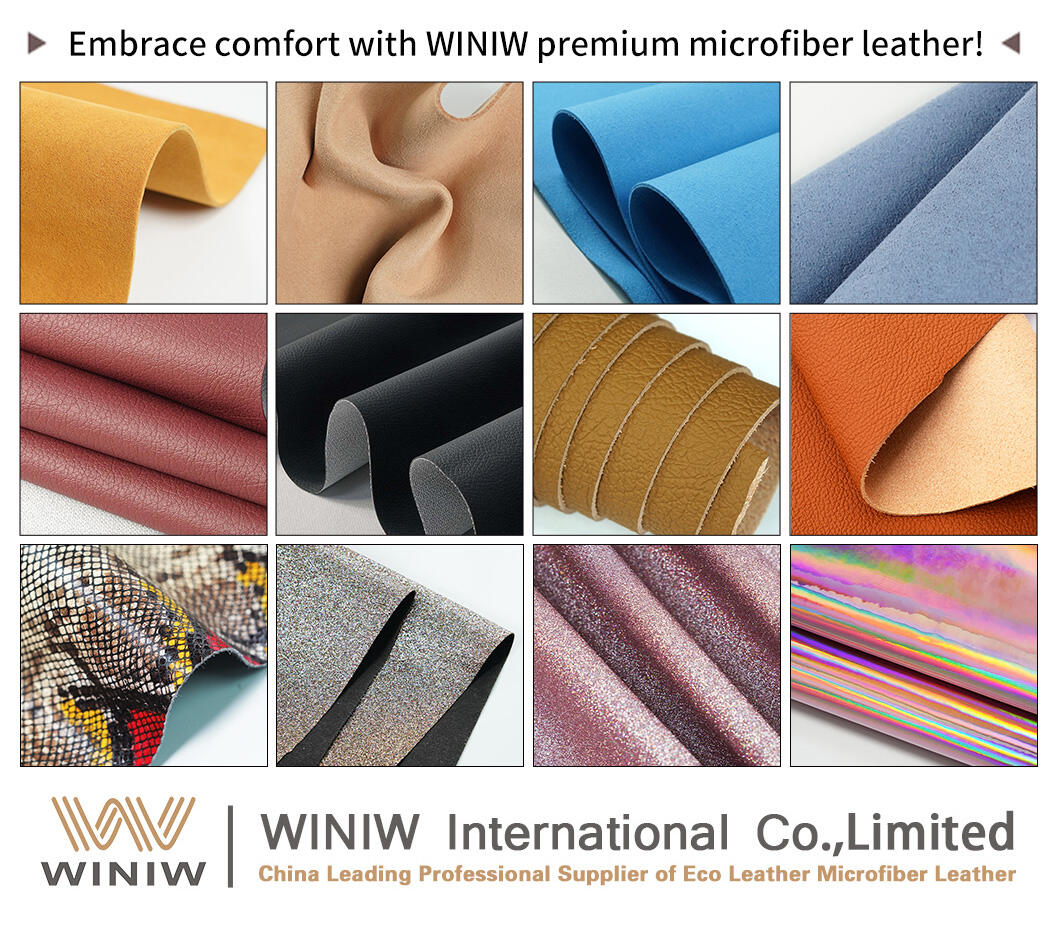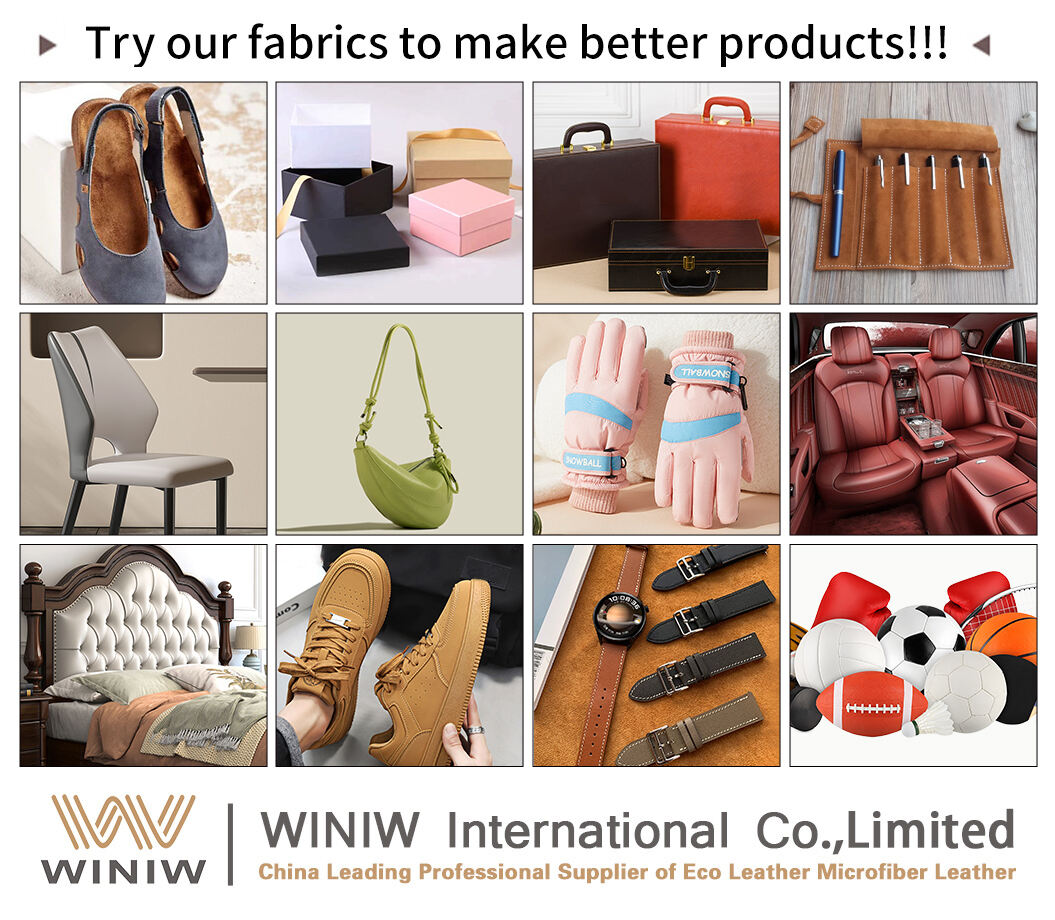Synthetic leather, also known as faux leather or vegan leather, has become a popular alternative to traditional leather due to its ethical and environmental benefits. But what exactly is synthetic leather made from? In this blog post, we will delve into the materials and processes involved in creating this versatile and sustainable material.
Materials Used in Synthetic Leather
-
Polyurethane (PU): One of the most common materials used in synthetic leather production is polyurethane. PU leather is made by applying a coating of polyurethane to a base material, usually made of polyester or cotton. The result is a durable and flexible material that closely mimics the look and feel of genuine leather.
-
Polyvinyl Chloride (PVC): Another widely used material in synthetic leather manufacturing is polyvinyl chloride. PVC leather is created by coating a fabric base with a layer of PVC, which is then treated with various chemicals to achieve the desired texture and appearance. PVC leather is known for its durability and resistance to water and stains.
-
Microfiber: Some high-quality synthetic leathers are made from microfiber, a type of ultra-fine fiber that can be woven into a dense and durable fabric. Microfiber synthetic leather often has a soft and luxurious feel, making it a popular choice for high-end fashion and upholstery.
Production Process
The production of synthetic leather involves several steps to ensure the final product closely resembles real leather. Here is an overview of the process:
-
Base Material Preparation: The first step in creating synthetic leather is preparing the base material, which can be made from polyester, cotton, or other synthetic fibers. The base material is typically woven or knitted to provide a strong and flexible foundation.
-
Coating Application: Once the base material is ready, it is coated with either polyurethane or PVC. This coating process involves applying multiple layers of the chosen material to achieve the desired thickness and texture. The coated fabric is then cured or heated to ensure the layers bond together effectively.
-
Texturing and Finishing: After the coating has been applied, the synthetic leather undergoes texturing and finishing processes to enhance its appearance and feel. This can include embossing to create a grain pattern that mimics real leather, as well as adding pigments, dyes, and protective finishes to achieve the desired color and sheen.
-
Quality Control: Finally, the finished synthetic leather is subjected to rigorous quality control checks to ensure it meets industry standards for durability, flexibility, and appearance. Any imperfections or defects are addressed before the material is ready for use in various applications.
Environmental Considerations
While synthetic leather offers a cruelty-free alternative to traditional leather, it is essential to consider its environmental impact. The production of PU and PVC involves the use of chemicals and energy, which can contribute to pollution and greenhouse gas emissions. However, advancements in sustainable production methods and the use of recycled materials are helping to reduce the environmental footprint of synthetic leather.
Conclusion
Synthetic leather is a versatile and sustainable material made from polyurethane, polyvinyl chloride, and microfiber. The production process involves coating a base material with these substances and applying various treatments to achieve the desired look and feel. As consumers continue to seek ethical and eco-friendly alternatives to traditional leather, synthetic leather is poised to play an increasingly important role in the fashion and upholstery industries.
By understanding what synthetic leather is made from, you can make informed decisions when choosing products that align with your values and contribute to a more sustainable future.


 EN
EN










































